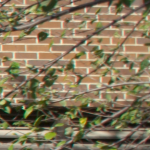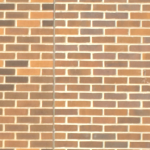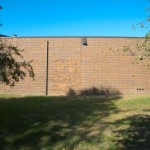Apparently I should test my lenses semi-carefully more often. I don’t actually think I’ve particularly damaged this one in the last decade. This would explain a sort-of malaise about the more ordinary photos from much of that period.
On the other hand, it does make the decision about upgrading my main zoom pretty simple. So I’ve just placed that order. Yikes, modern good lenses are expensive! And either my memory is going, or it cost me $200 to wait for the D700 to arrive and for me to run some tests on the Tokina 28-70 ATX-Pro f/2.6-2.8 before ordering its replacement.
Philosophy
My lens-testing philosophy: don’t try to make meaningful quantitative measurements. Do try to take some comparable pictures under moderately controlled conditions. Be prepared to repeat experiments as necessary. Don’t expect sets of test shots from one year to be much use in making comparisons to independently-shot tests a few years later. And, the new part: do it more often!
Unless I’m testing for some very specific situation, I like the general approach of taking pictures of a flat surface that I can reasonably easily line the camera up flat to. It should have considerable high-contrast detail all over it. It should be big enough that I can shoot from 10 feet or more away, usually (close-focus is sometimes a problem area; then again for some lenses that may be exactly what I’m testing for). Something with rectangular detail all over makes it fairly easy to line up square to it. Brick walls are good, and newspaper pages taped to the walls (for closer-range work).
Look at the center, and the corners. Sometimes other places on the edges, especially if looking for problems like whether the sensor plane is parallel with the subject.
If I were better at looking critically at my normal pictures and seeing the sources of problems with them, I might not need to do this.
For most of these, I’m posting a link to the full test shot, full-size but in JPEG format; the center shot, at 100% pixels (the file; what you initially see here is a thumbnail), in PNG or jpeg format, and the corner shot the same. All of these were shot in raw, processed in Bibble Pro, with no sharpening and light density correction. And I see that some of the photo sizes have been messed up by the upload process. I have to say that this WYSIAYG editor and the “convenient” automatic upload procedure for attachments and so forth really makes it tremendously much harder to write a complex post like this.
Given the risks of editing, the complexity, the time, and all that, I’m going to do this as separate posts for each lens. This will make some comparisons across lenses harder; so it goes.


